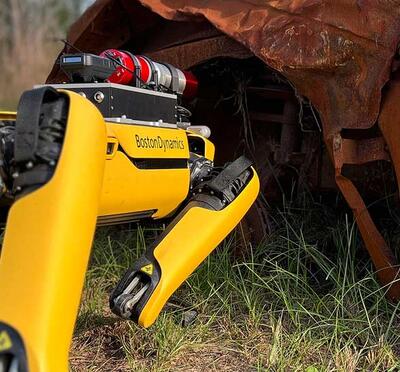Peter Jacobs, the James and Shirley Kuse Chair in Chemical Engineering, was recently awarded a three-year, $750,000 grant from Breakthrough T1D (formerly JDRF) to create AI-powered tools to make islet transplantation more successful in treating patients with type 1 diabetes.
In the U.S., around 1.4 million adults and 187,000 children and adolescents live with type 1 diabetes; the worldwide total is estimated at 8.4 million. The incurable autoimmune condition, in which the pancreas does not produce sufficient insulin to regulate blood sugar, is associated with a variety of chronic, life-limiting health problems, and research indicates that the average life expectancy for people with type 1 diabetes is reduced by as much as 10-12 years.
An engineering approach to biomedical solutions
“On the engineering side, this represents an emerging field of research, focusing on cellular-based therapies,” said Jacobs, a professor at Oregon Health & Science University in the Biomedical Engineering Department, who took on a joint appointment at Oregon State University last fall. “There are new and exciting opportunities to apply an engineering mindset and engineering tools like AI to develop biomedical solutions that could have a real impact in health care decision-making.”
Islet transplantation is an experimental treatment for type 1 diabetes in which insulin-producing cells (islets) from a donor pancreas are transferred into a patient’s liver, allowing the patient to produce insulin naturally. This procedure can significantly reduce the need for insulin injections, improving quality of life and blood sugar control.
However, drawbacks include limited donor availability, the need for immunosuppressive drugs to prevent rejection, potential side effects from those drugs, and the fact that transplanted islets lose function over time, potentially requiring repeat procedures.
Jacobs’ research aims to develop easy-to-use tools to help doctors and patients make better choices before surgery and to guide treatment afterward.

Machine learning to help transplant decision-making
Specifically, the research team will build two decision-support systems: one for use before transplantation and another for ongoing management post-transplant. These tools, known as Bayesian Islet Graft Decision Support Systems, will utilize machine learning techniques, particularly mixed-effects “random forest” models, to predict transplant success.
By analyzing extensive patient data from multiple international registries, researchers aim to identify which factors — such as patient demographics, diabetes history, medication use, and detailed continuous glucose monitoring data — most significantly influence transplant outcomes.
While helping to better understand these factors, the new tools will offer personalized recommendations to improve patient outcomes. The resulting decision-support systems will guide physicians and patients in selecting optimal treatments, potentially increasing success rates, reducing complications, and personalizing care.
“The goal is to help more people achieve insulin independence and healthier lives after transplant, maximizing the benefits of this promising therapy,” Jacobs said.




